The radical reinvention of the Chanel jacket
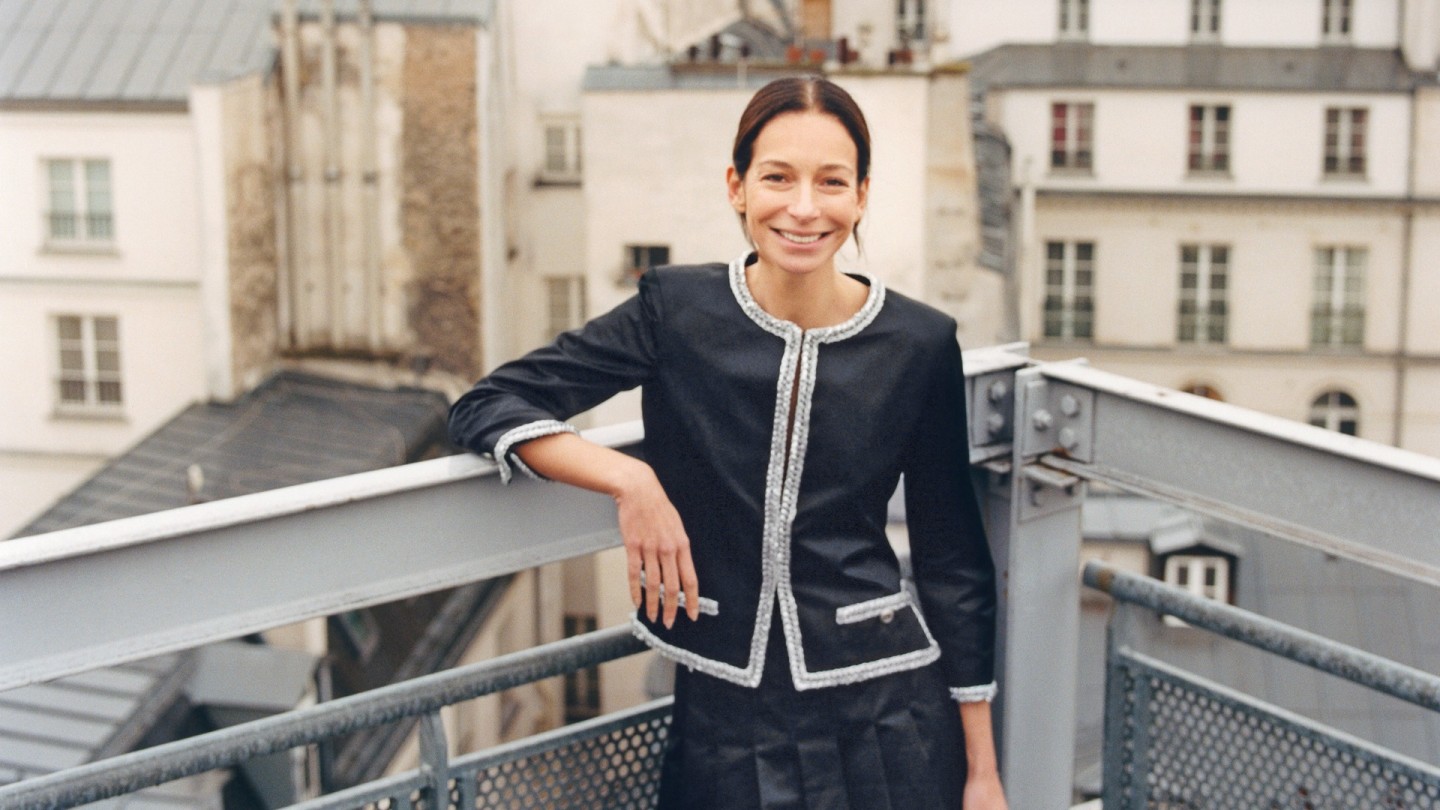
Simply sign up to the Fashion myFT Digest -- delivered directly to your inbox.
Think of an item of clothing or an accessory you’ve had for five years (the average lifespan of a garment today). Does it look dated? Do you still cherish it? Does it meet your current needs? I have high heels in my closet that just sit there like decorative objects, unwelcome reminders of my misguided choices. Sadly, in the cycle of fashion trends, five years can seem like a lifetime. Unless, of course, it’s a Chanel jacket. We’re talking more and more about investment pieces and timelessness, but there are very few “fashion” garments like this that tick those boxes.
When Gabrielle “Coco” Chanel first introduced her straight-cut tweed jacket in 1957, it was radical. In the 1950s in Paris, Christian Dior reigned supreme with his postwar vision: the New Look. On reflection, the look, with its ultra-womanly silhouette achieved via a corseted waist, padded hips and constrictive form, was not “new” in the modern sense, but I guess it seemed a little novel after the austerity of wartime dressing.
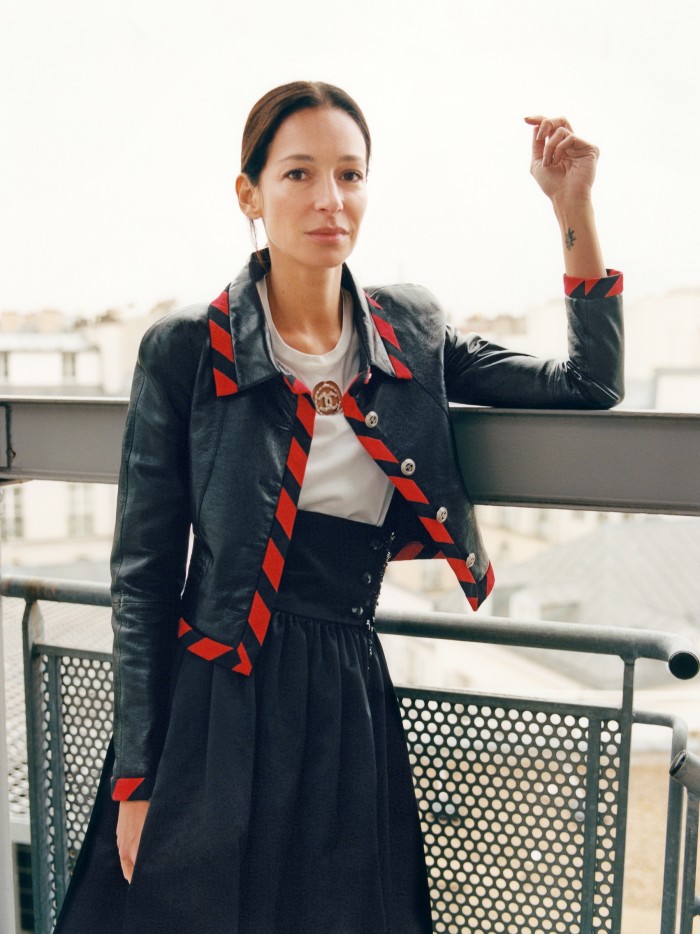
When Chanel relaunched her haute couture house in 1954, following a hiatus during the second world war, she rallied against his style of ornamental fashion. Her cutting rejoinder? “Dior doesn’t dress women, he upholsters them.” In contrast, she embraced freedom of movement, minimal clean lines and masculine tailoring that began with this new jacket of hers. Paired with a wraparound skirt, it was elegantly cut with four functional pockets, a luxurious silk lining and braided trims. It was as comfortable as a cardigan, yet elegant enough to wear to a dinner party. Little surprise that the style became so canonical for Chanel. “To have this loose, comfortable and chic jacket emerge in that period was a huge sensation with women,” says Dr Valerie Steele, director of the Museum at the Fashion Institute of Technology in New York.
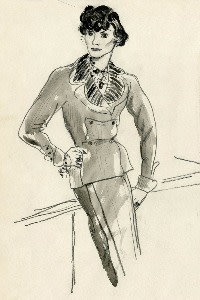
In the Chanel archives, housed in a modern building on the outskirts of Paris that has room after room of climate-controlled vaults, there are hundreds of jackets, one of which dates back to 1958 – a petite brown style with decorative lion buttons that Coco wore herself (she was a Leo). There’s also a 1961 tweed suit with candy-pink lining in mint condition, identical to one worn by the actress Romy Schneider, and a purple suit with black taffeta trims that’s a match for the style worn by Jacqueline Kennedy the day her husband John F Kennedy was assassinated in 1963. Karl Lagerfeld’s arrival at the house in 1983, and his 36-year tenure, saw the jacket reworked in myriad ways that reflected the excess of the ’80s, the sexed-up style of the ’90s – championed by supers such as Claudia Schiffer and Naomi Campbell – and the sportswear‑influenced Noughties and beyond. In his hands, its appeal never waned. (The Chanel exhibition, The Little Black Jacket, which celebrated the versatile nature of the style and toured the globe, drew more than 525,000 visitors.)
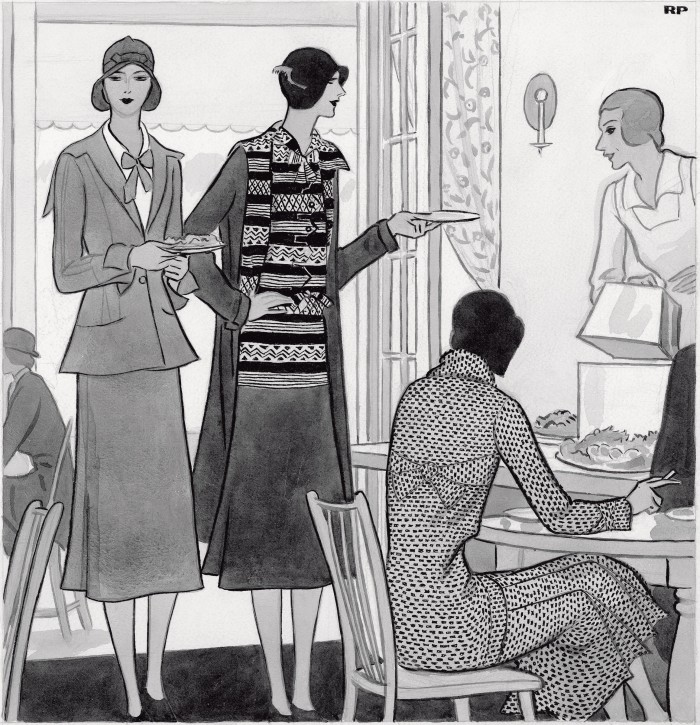
And the jacket remains at the heart of Chanel today as it embarks on a new era with creative director Virginie Viard – Lagerfeld’s former “right arm and left arm”, as he was known to say. Viard now has seven collections under her belt and has proven to be a worthy successor, not just of Lagerfeld but of Coco herself. While the codes of the house are safeguarded and reworked season after season, there is a palpable new, fresh, feminine mood in the collections – and the jacket is not immune. “The house is so rich in history . . . the possibilities are infinite,” says Viard. “I love playing with the codes, from tweed – an extraordinary fabric – to borrowing from the masculine wardrobe and taking on icons such as the Chanel jacket. We can endlessly reinvent and reinterpret our heritage and keep moving forward.”
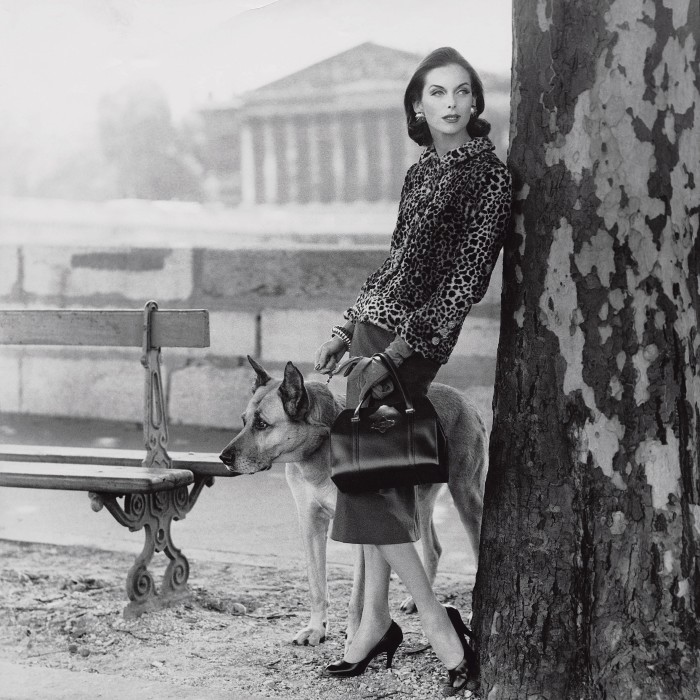
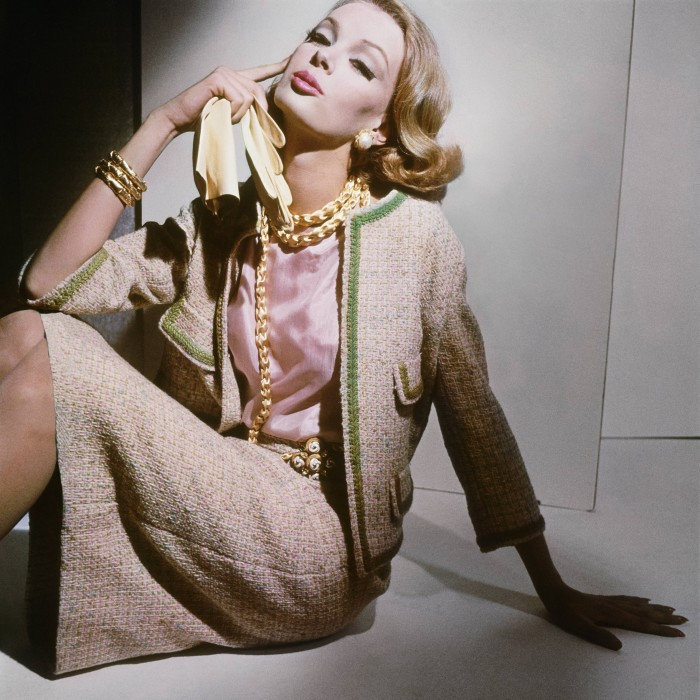
For her debut cruise 2019/20 collection, presented last May, Viard began to make her statement with the jacket, presenting multiple-pocket variations, with collars and without, in different lengths, and matching them with miniskirts, Bermuda shorts and even diamanté-studded leggings. For the spring/summer 20 collection, for which she installed the zinc rooftops of Paris in the Grand Palais, the jacket was given a new youthful insouciance, cast in leather or satin with silver trim. “I would say that Virginie’s vision is very feminine – the shape, the movement, the comfort. It’s a woman designing for women,” says in-house fit model Amanda Sanchez, who has worked for Chanel for nearly 20 years. “She knows how we would like to wear it – as she would wear it herself.”
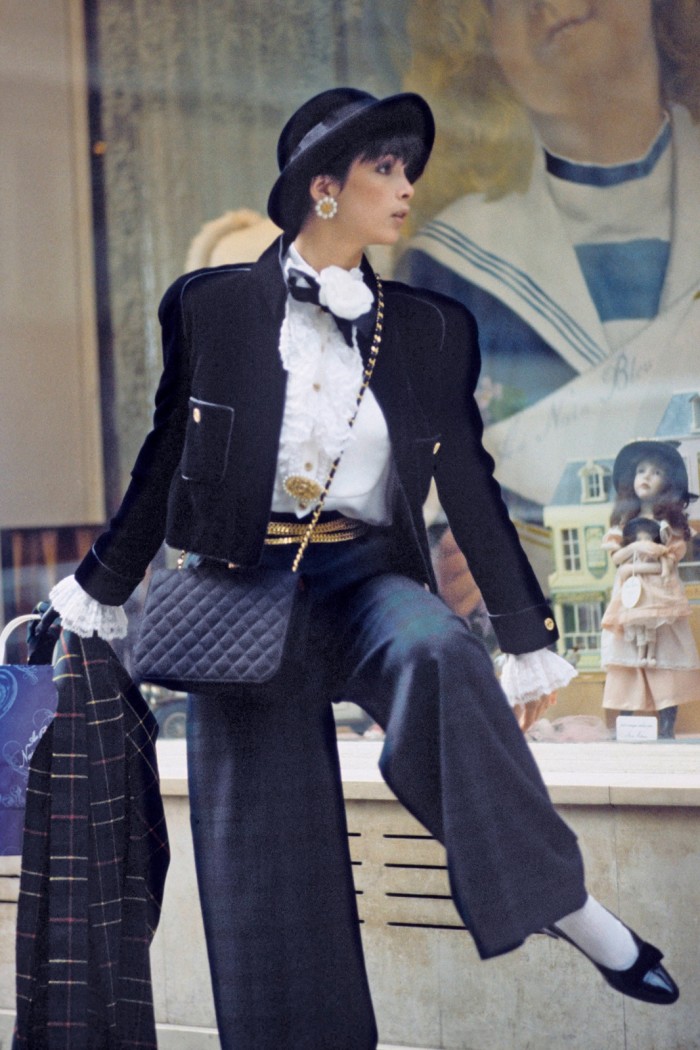
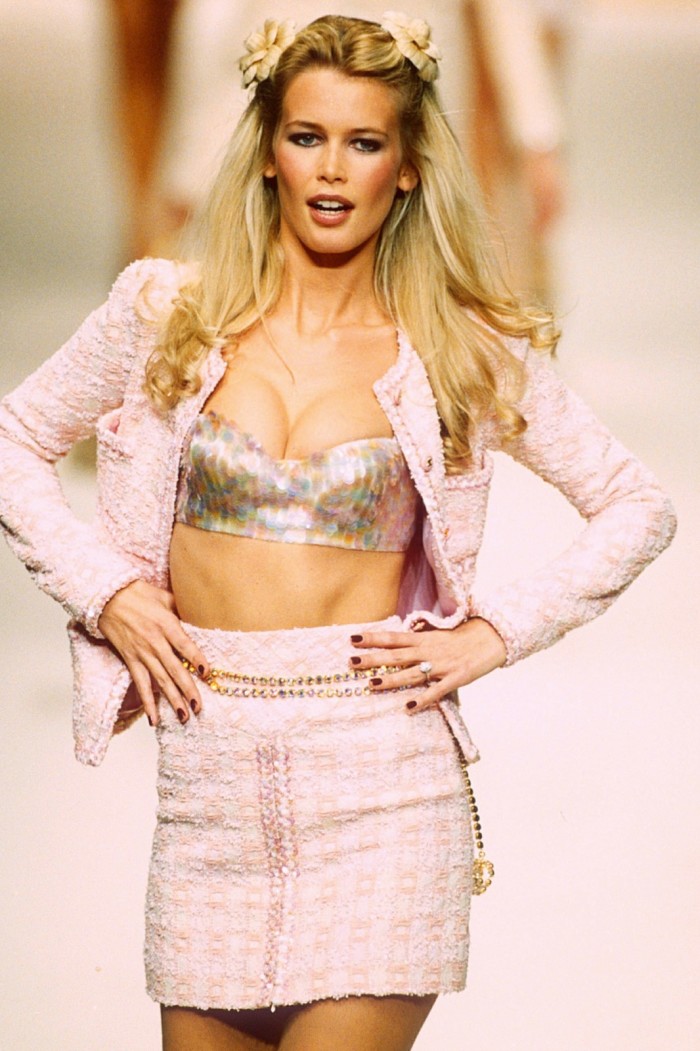
Studying the jackets in the archive, it’s easy to see why the design has stood the test of time. All the elements are still in place today: the flawless fit that is achieved not just via the careful construction of multiple panels of fabric – matched and mirrored to panels of lining to allow for fluid movement – and the expert construction of the sleeves and shoulders, but also the invisible chain that lines the bottom hem and ensures the style drapes just so. It has evolved over the years, but ever so subtly: the sleeves have been slimmed down and lengthened and, of course, the colour combinations tirelessly redrawn. “When I take guests on a rare visit into our archives, they are blown away,” says Steele of the Institute’s own collection, which contains around 97 styles. “The jacket transcends the idea of fashion – much like the perfect trench or the perfect white shirt, you can renew it constantly.
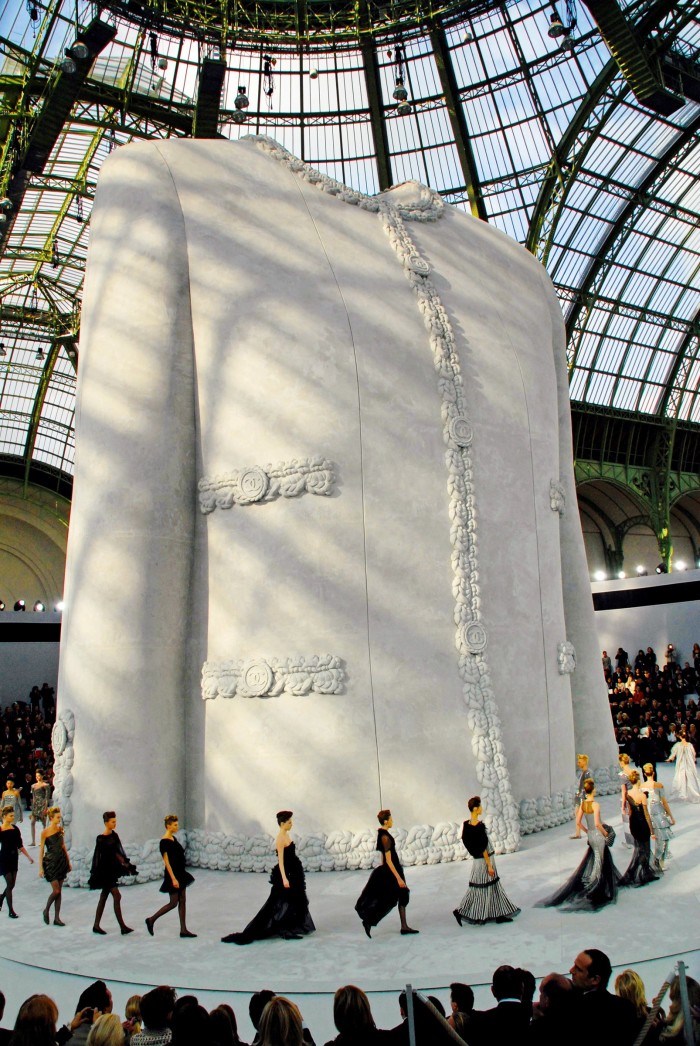
As such, the jackets tend to hold their value. Searches for the Chanel jacket increased by 33 per cent from 2018 to 2019 on the global fashion search platform Lyst, and the jacket remains a star on the vintage market and burgeoning ranks of online consignment sites. “You can take a ’60s couture jacket, or one from the ’90s, or one from today, and each is as wearable then as it is now,” says Sofia Bernardin, of luxury e-commerce vintage store Resee Paris. Chanel is the most popular brand on the site, and the jacket one of the most sought-after styles. “Whenever we get one online, it flies off in a matter of minutes.”
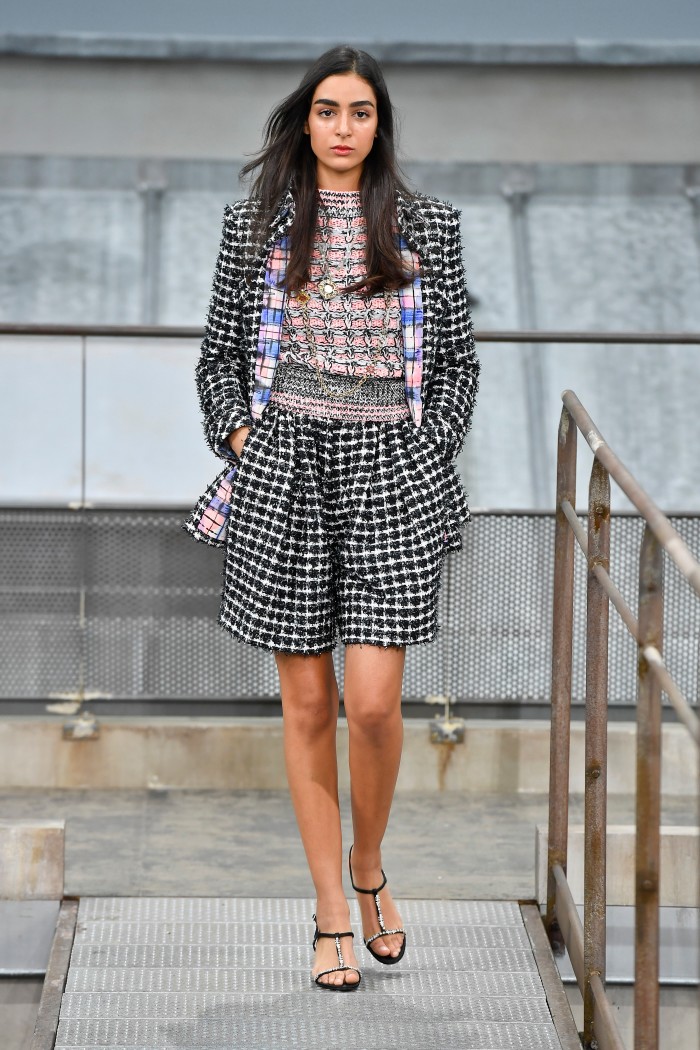
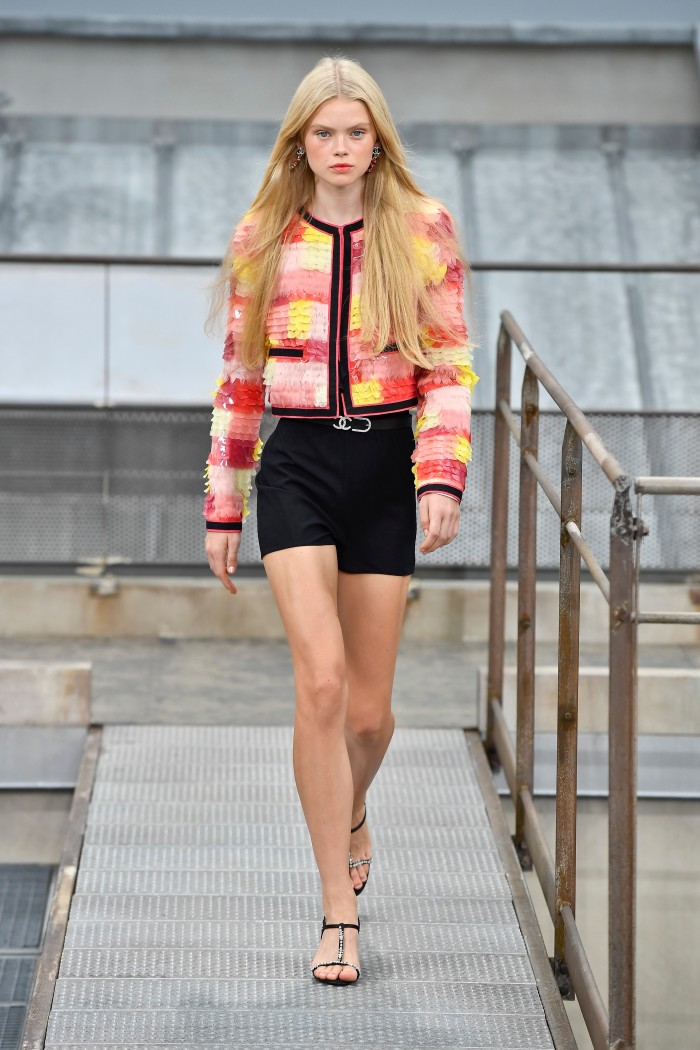
It is very possible that in the not-so-near future, the fashion industry will reach an impasse. In a transitional world, the tireless search for something new is being tempered by the search for lasting value. Calls for more sustainable manufacturing and the growth of a more mindful consumer market have pushed many brands to think again. With an item that stands stronger now than in its 60-year history, it seems Chanel has found the secret of success. And helped to secure its future.
Comments